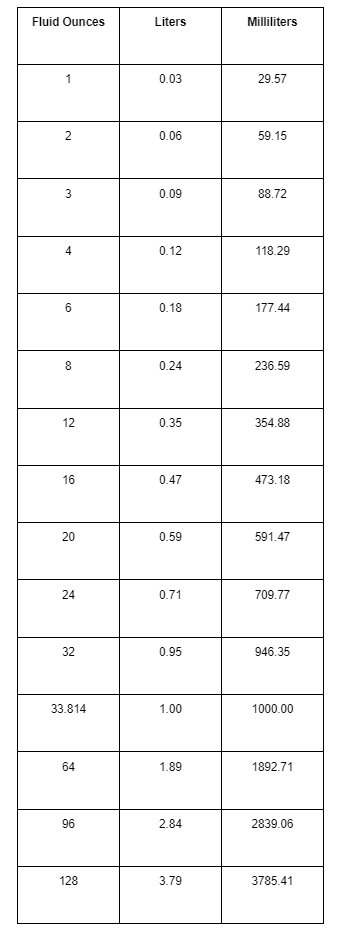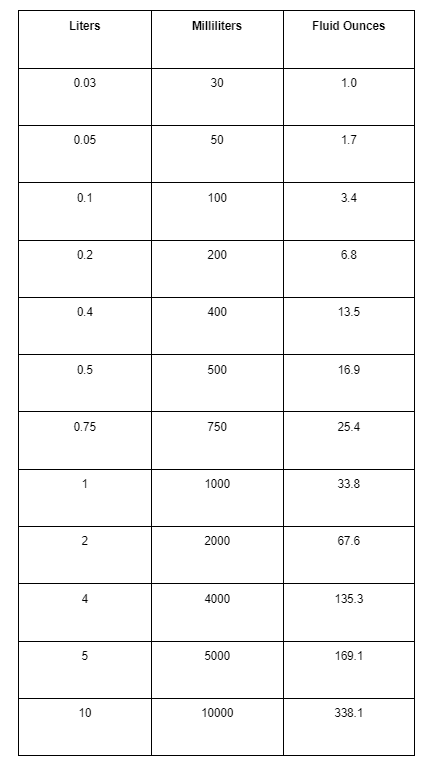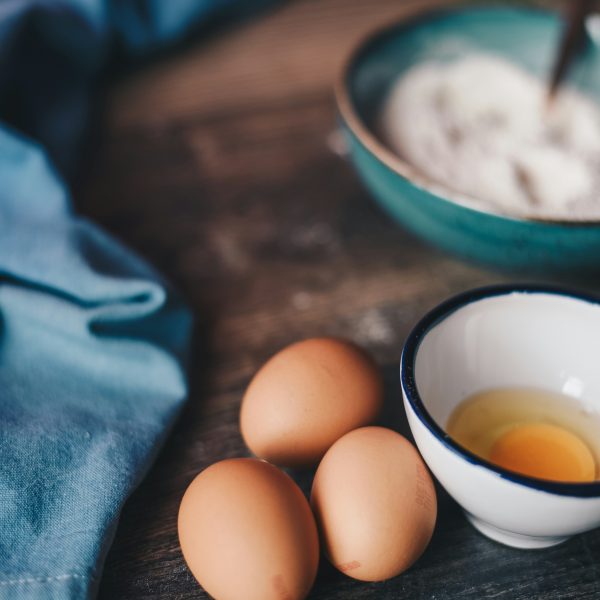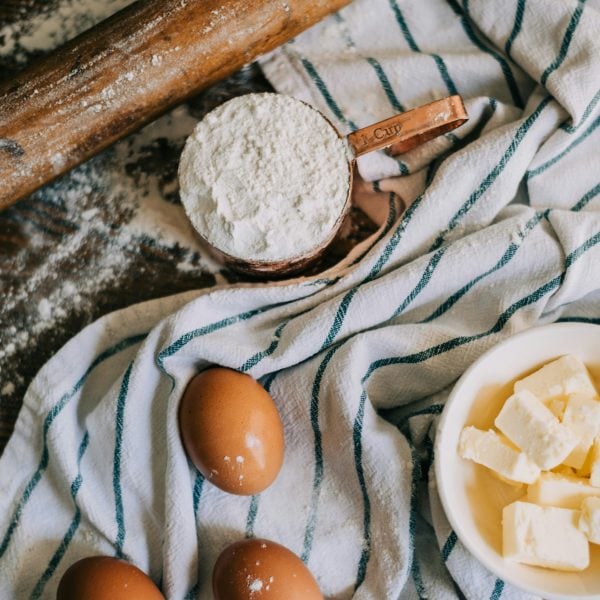Learn how many ounces are in a liter and how to measure ingredients interchangeably with this comprehensive guide!
Discover the conversion rate of ounces to liters, and master the art of effortless conversions. Whether you navigate the imperial or metric system or use liquid or dry measuring cups, you'll excel in precise measurements!
Have you ever found yourself midway through a recipe, only to discover you need to convert ounces to liters? Online calculators might offer a quick fix, but they are not always reliable or user-friendly. That's where we come in, breaking down the ounces-to-liter conversion process in simple terms. With our guide, you’ll soon be converting and measuring like a pro!
Imperial Vs Metric System
When it comes to recipe making, understanding the differences between the Imperial and Metric systems is crucial for accurate measurements and successful outcomes.
Imperial System:
To measure volume, the imperial system uses units such as cups, fluid ounces, pints, quarts, and gallons. For example, 1 cup equals 8 fluid ounces, and there are 2 pints in a quart and 4 quarts in a gallon.
To measure weight, the imperial system uses units like ounces and pounds, with 16 ounces in a pound.
Metric System:
To measure volume, the metric system utilizes units such as milliliters, liters, and cubic centimeters. For example, 1 liter equals 1000 milliliters.
To measure weight, the metric system employs units like grams and kilograms, with 1000 grams in a kilogram.
Both measure volume and weight, but there are key differences between the imperial and metric systems. For instance, the metric system is more precise and consistent because of its base-10 system, making conversions easier.
In addition, units in the metric system are often more straightforward and uniform than those in the imperial system. As a result, the metric system is widely adopted globally. Meanwhile, the Imperial system is used primarily in the United States.
Tips for Navigating Measuring Systems:
We highly recommend familiarizing yourself with conversion factors before you begin to cook. This will make it easy to convert any ingredients needed ahead of time. Then, you don't have to measure, calculate, or convert on the fly.
In addition, we recommend having the appropriate measuring tools readily available. Look at your recipe card ahead of time to determine what you need. Then, stick to one system throughout a recipe to avoid confusion and ensure accuracy.
What is an Ounce?
An ounce is a unit of measurement used to weigh out volume, weight, and mass. The United States, Myanmar, and Liberia use this unit of measurement to weigh small amounts of ingredients. The rest of the world, including the United Kingdom, typically measures smaller amounts in grams.
When it comes to converting ounces and liters, we will be discussing fluid ounces (fl oz). This is the unit of measurement used for volume or liquids.
What is a Liter?
A liter is a standard unit of volume measurement within the metric system. It equals 1,000 cubic centimeters or one cubic decimeter. Conceptually, a liter corresponds to the volume of a cube with sides measuring 10 centimeters (approximately 4 inches). This measurement is frequently employed for quantifying liquid volumes in various contexts, including recipes and beverages.
Quick Conversion Guides
Many countries have transitioned to the metric system. However, the U.S. still relies on traditional units like pints, quarts, and gallons. Nonetheless, it's essential to seamlessly convert between ounces and liters for various purposes such as cooking and winemaking. Here's a simple conversion chart to aid in metric conversions, ensuring versatility in your measurements.
Fluid Ounces to Liters

Liters to Fluid Ounces

Frequently Asked Questions
There are approximately 4.23 8 oz glasses of water in a liter.
No, 32 ounces is not equal to one liter. One liter is equivalent to approximately 33.814 fluid ounces. 32 ounces is slightly less than one liter.
No, 2 liters is not equal to 64 ounces. One liter is approximately equivalent to 33.814 fluid ounces. 2 liters would be approximately 67.63 fluid ounces so greater than 64 ounces.
Canada uses the metric system, there are approximately 33.814 fluid ounces in one liter.
In Conclusion
Understanding the conversion between ounces and liters is essential for various practical applications such as cooking and baking. Use this reference to understand conversions, and convert ingredients easily. You'll have success with all your recipes!





Leave a Reply